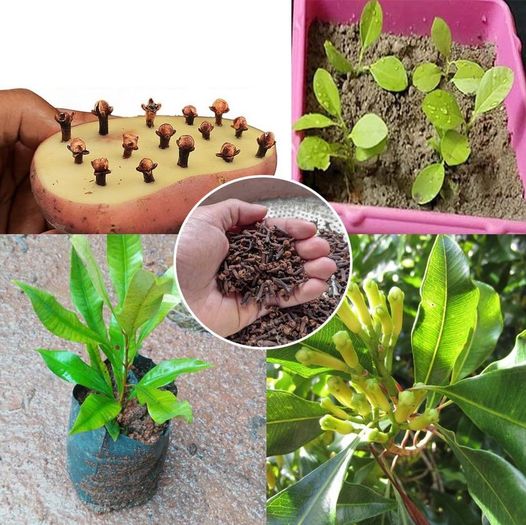ADVERTISEMENT
As your clove plant grows, it may require pruning to encourage bushier growth and to maintain its shape. Use sterilized pruning shears to trim any leggy or overgrown branches. This not only helps the plant look more aesthetically pleasing but also promotes healthier growth patterns. Remove any yellowed or dead leaves regularly to keep the plant healthy and prevent potential pest problems.
Pest and Disease Control
Clove plants can be susceptible to pests such as aphids, spider mites, and mealybugs, as well as fungal diseases if the conditions aren't ideal. Inspect your plants regularly for signs of infestation or illness. If you notice pests, consider using a gentle, organic insecticidal soap or neem oil solution to address the issue without harming the plant. Ensure good air circulation around the plant to reduce the risk of fungal diseases.
Harvesting Cloves
The reward for your careful cultivation is the harvest. Clove plants typically flower after a few years of growth, and the cloves are the flower buds. Harvest the buds when they are plump and have developed a reddish hue but before they open. Dry the harvested cloves in the sun or a dehydrator until they're crisp and have darkened, signifying they're ready to use.
Growing cloves from seed to spice is a rewarding endeavor that not only provides you with a fresh supply of this aromatic spice but also adds a tropical flair to your home or garden. With patience and proper care, your clove plants will flourish, offering both beauty and utility
ADVERTISEMENT
